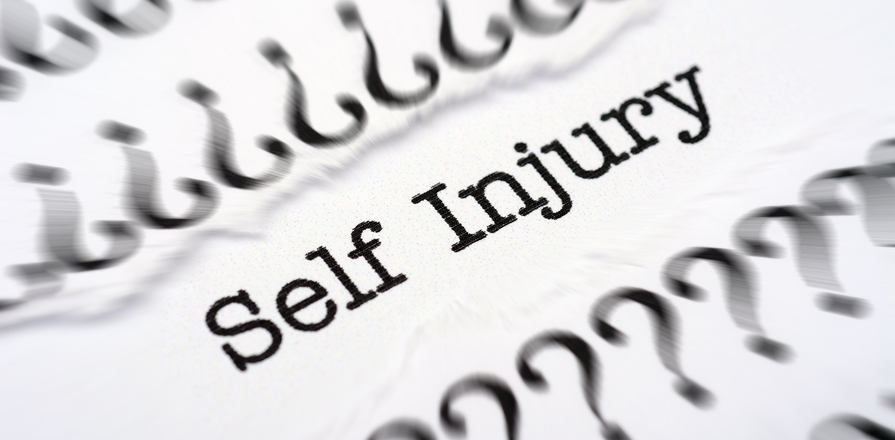Self-Injurious Behaviour in Smith-Magenis Syndrome
The term self-injurious behaviour refers to any non-accidental behaviour (i.e. accidentally bumping your head on the wall would not be classed as self-injury whereas intentionally hitting your head on the wall would) that has the potential to cause some kind of damage such as reddening, bruising, bleeding, hair loss etc.
What is the prevalence of self-injurious behaviour in Smith-Magenis syndrome?
The prevalence of self-injury in Smith-Magenis syndrome ranges between 67-96%. These estimates are very high compared to estimates of prevalence in individuals with other genetic syndromes and intellectual disability, with individuals with Smith-Magenis syndrome at least six times more likely to show self-injury.
What forms of self-injury are common in Smith-Magenis syndrome?
It is important to remember that the types of self-injury shown by individuals with Smith-Magenis syndrome will vary, with each individual having their own repertoire of behaviours. However, research has shown that there are some types of self-injury that are more common amongst people with Smith-Magenis syndrome, and may be of significance to the syndrome. In particular pulling out finger and toe nails (onychotillomania) and insertion of objects into bodily orifices (polyembolokoilamania) seem to be highly associated with Smith-Magenis syndrome.
Self-hitting and self-biting (mainly of the hands) have been found to be the most common forms of self-injury in individuals with Smith-Magenis syndrome with estimates of prevalence for self-hitting ranging from 71-93% and for self-biting 77-80%.
Dr Kate Arron and her team compared the prevalence of a range of self-injurious behaviours amongst a selection of syndromes and a control group of individuals with intellectual disability of heterogeneous cause.
Research has also shown that the number of types of self-injurious behaviours shown by individuals with Smith-Magenis syndrome may increase with age, but on average an individual will show 4 different types of self-injury.
What are the causes of self-injury?
Causes for self-injury are variable, with both biological and environmental factors having a role.
Biological explanations for self-injury in Smith-Magenis syndrome relate to the peripheral neuropathy that is characteristic of the syndrome. Peripheral neuropathy is when damage to the nerves at the peripheries (i.e. fingers and toes) causes unusual sensations or numbness in these areas. It has been suggested that peripheral neuropathy may have two roles: it may cause an unpleasant sensation in extremities (potentially accounting for the unique nail pulling behaviour) and it may reduce pain perception.
Research has shown that physical discomfort is a primary function of challenging behaviour in Smith-Magenis syndrome. Self-injurious behaviour may also serve to access social interaction with others, with the reduced pain perception allowing for more severe forms of self-injury.





